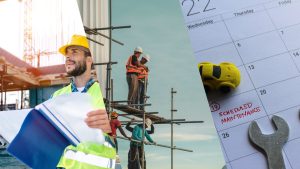The water and wastewater industries play a large role in fulfilling Australia’s water needs, which makes them an essential part of the country. This is why the water distribution systems receive so much attention from the relevant authorities, as they bring the water to the end user safely. Valves are one of the key elements in this water distribution infrastructure, which can decide the efficiency levels of the country’s water supply. When it comes to the plumbing system in Australia, there are many types of valves in use. One of those is ‘Non-Return Valves’ or NRV, in which the mechanism is a little different and unique from the rest in place.
In this article, we will explore the use of Non-Return Valves and their best applications in order to streamline the water distribution ecosystem within Australia.
In this article, we will explore the use of Non-Return Valves and their best applications in order to streamline the water distribution ecosystem within Australia.
What are Non-Return Valves In the Mechanical Asset Realm?
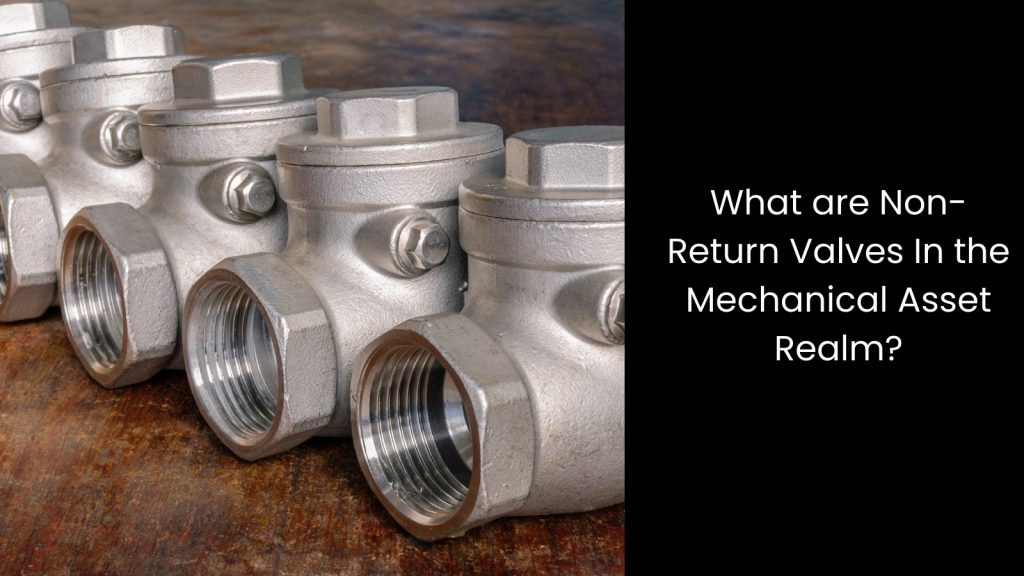
- Non-return valves, also known as check valves, are mechanical devices used in various systems to control the direction of fluid flow.
- Even though those valves receive much attention, their mechanism is not that complicated. They work on a simple principle: they allow fluid to flow in one direction while preventing it from flowing in the opposite direction.
- This is quite similar to the function of a door that swings open only in one direction but closes tightly when pushed from the other side. Similarly, non-return valves have a flap or a gate that opens when fluid or water flows in the intended direction but closes automatically to block flow when the fluid tries to move in the opposite direction.
- Why has this mechanical asset been developed in the first place? There is a special reason for that. Let us explain.
- That is mainly because its mechanism prevents backflow, ensuring that fluids like water, oil, or gas move only in the desired direction within pipelines, pumps, or other mechanical systems. If you wonder if these types of valves are used in other industries, the answer is ‘Yes’! These are not only employed for water distribution, but they have many other applications as well.
- Whatever the application and the type of element it facilitates inside of it, non-return valves are crucial for maintaining system efficiency. It is also highly beneficial for preventing damage and ensuring safety in various industrial and even domestic applications.
Where Do You Need a Non-Return Valve?
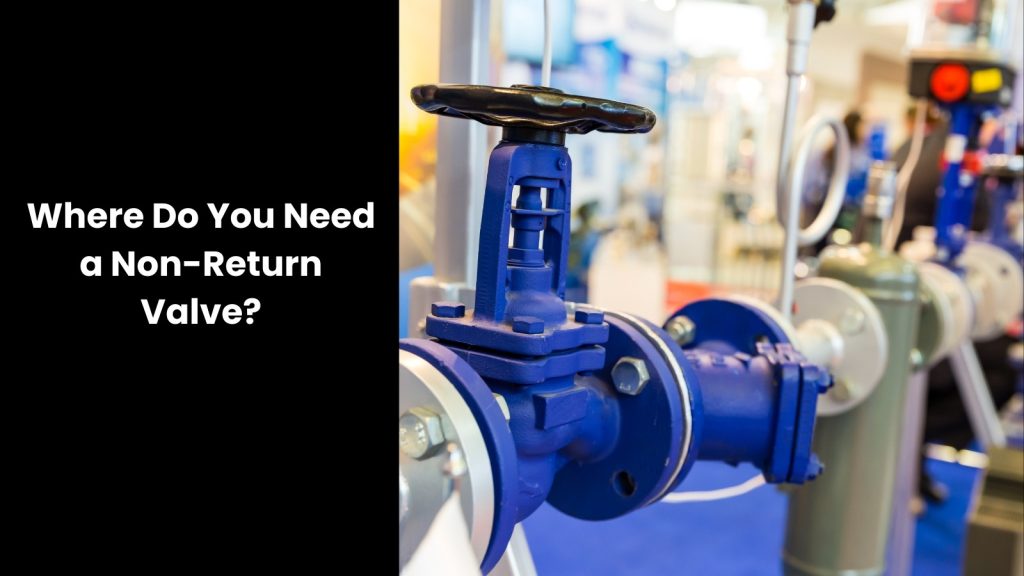
- Let us put this in a simple way for you to understand. In a water distribution system, non-return valves are widely used at points where backflow could occur, such as at junctions, pumps, or connections to different systems.
- If it did not have non-return valves, authorities might have to face several challenges for sure.
- The number one issue is that backflow could contaminate the clean water supply with sewage or other pollutants, which can pose serious health risks. Also, water hammers could damage pipes and equipment due to sudden pressure surges caused by reverse flow.
- On the other hand, without non-return valves, maintaining consistent water pressure becomes difficult, leading to fluctuations that affect the performance of appliances and fixtures.
- If there is no proper direction control provided by non-return valves, water will not reach its intended destination efficiently. What is the consequence, then? It will undoubtedly cause waste and inefficiency in the system.
- This is why installing non-return valves is crucial for maintaining the integrity, efficiency, and safety of water distribution systems in Australia.
Key Uses of Non-Return Valves
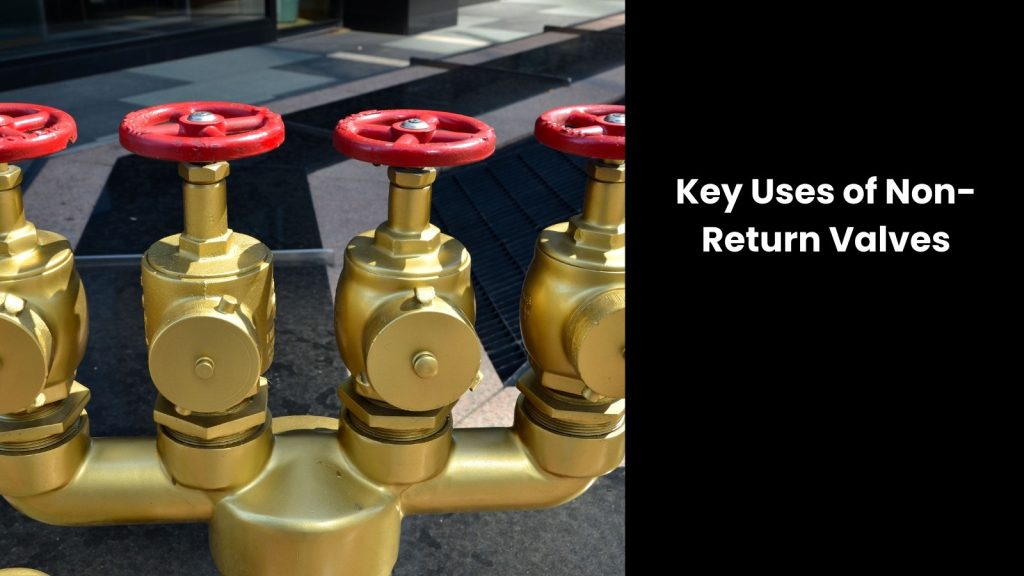
Control Flow Direction
Whatever applications they facilitate, the key reason to employ them in the water distribution system is to take control of flow direction. Let us explain why. Controlling flow direction is a crucial responsibility in water distribution systems. Without control over flow direction, water might move unpredictably, leading to inefficient distribution and potential damage to pipes and equipment.
Let us elaborate on this by giving an example. Think about what would occur if water intended for one area suddenly flowed backwards into another. This will cause shortages or contamination. Non-return valves solve this by acting as a road blockage, allowing water to flow in one direction while preventing reverse flow.
This is more like a one-way street where the vehicles move forward smoothly. But if they tried to reverse it, barriers would block their path. In this case, the barriers are non-return valves! Likewise, they are open when water flows as intended but close tightly to stop any backward movement.
This ensures water reaches its destination efficiently, preventing wastage, contamination, and damage.
Let us elaborate on this by giving an example. Think about what would occur if water intended for one area suddenly flowed backwards into another. This will cause shortages or contamination. Non-return valves solve this by acting as a road blockage, allowing water to flow in one direction while preventing reverse flow.
This is more like a one-way street where the vehicles move forward smoothly. But if they tried to reverse it, barriers would block their path. In this case, the barriers are non-return valves! Likewise, they are open when water flows as intended but close tightly to stop any backward movement.
This ensures water reaches its destination efficiently, preventing wastage, contamination, and damage.
Prevent Backflow
Yes, this section elaborates extensively on the above factor. The non-return valve’s functionality not only limits it to taking control of the water flow direction, but its main responsibility is to stop water from flowing backwards. This occurs when water reverses its intended direction, potentially causing contamination or damage.
This is exactly similar to the scenario where a river suddenly flows backwards. It would disrupt the ecosystem and pollute downstream areas. Likewise, in a water system, backflow can contaminate clean water with sewage or other harmful substances, posing serious health risks to the public.
Non-return valves act strictly in this case, allowing water to flow in only one direction. This mechanism ensures that water flows smoothly from its source to its destination without the risk of contamination or damage.
This is exactly similar to the scenario where a river suddenly flows backwards. It would disrupt the ecosystem and pollute downstream areas. Likewise, in a water system, backflow can contaminate clean water with sewage or other harmful substances, posing serious health risks to the public.
Non-return valves act strictly in this case, allowing water to flow in only one direction. This mechanism ensures that water flows smoothly from its source to its destination without the risk of contamination or damage.
Maintain Pressure
There is a lot of pressure occurring inside a valve in the water distribution system.
If these pressure levels fluctuate too much, either becoming too high or too low, it can cause problems. Even though these are well-built infrastructures, if they are filled too much, they might burst or collapse. On the other hand, if it is not filled enough, it will bring air instead of water.
In a water system, high pressure can damage pipes and equipment, while low pressure can lead to inadequate water flow and the inefficient operation of appliances.
Non-return valves help by acting as pressure regulators. They allow water to flow in one direction but prevent it from flowing backwards, helping to stabilise pressure levels.
Being able to maintain consistent pressure and non-return valves ensures the efficient and reliable operation of the water distribution system.
There is no space for damage as it ensures the proper functioning of valves.
If these pressure levels fluctuate too much, either becoming too high or too low, it can cause problems. Even though these are well-built infrastructures, if they are filled too much, they might burst or collapse. On the other hand, if it is not filled enough, it will bring air instead of water.
In a water system, high pressure can damage pipes and equipment, while low pressure can lead to inadequate water flow and the inefficient operation of appliances.
Non-return valves help by acting as pressure regulators. They allow water to flow in one direction but prevent it from flowing backwards, helping to stabilise pressure levels.
Being able to maintain consistent pressure and non-return valves ensures the efficient and reliable operation of the water distribution system.
There is no space for damage as it ensures the proper functioning of valves.
Avoiding Mixing or Contamination
Another top benefit of non-return valves in water distribution systems is their power to prevent water from getting mixed or being subject to contamination.
When contamination occurs, they do not blend well and can cause harm. Within the valve infrastructure, if clean water mixes with contaminated water or other fluids, it can pose serious health risks to consumers.
There is no way the water industry can distribute water that has been mixed with sewage. They ensure that the water that they distribute is totally safe and healthy. This is where the non-return valves act as barriers, allowing water to flow only in one direction.
This ensures that clean water remains separate from contaminants, maintaining the purity and safety of the water supply. Offering their capacity to prevent mixing or contamination, non-return valves play a vital role in safeguarding public health and ensuring the delivery of clean and safe drinking water to Australian consumers.
When contamination occurs, they do not blend well and can cause harm. Within the valve infrastructure, if clean water mixes with contaminated water or other fluids, it can pose serious health risks to consumers.
There is no way the water industry can distribute water that has been mixed with sewage. They ensure that the water that they distribute is totally safe and healthy. This is where the non-return valves act as barriers, allowing water to flow only in one direction.
This ensures that clean water remains separate from contaminants, maintaining the purity and safety of the water supply. Offering their capacity to prevent mixing or contamination, non-return valves play a vital role in safeguarding public health and ensuring the delivery of clean and safe drinking water to Australian consumers.
Ensuring the Safety of Non-Return Valves through New-Age Tech
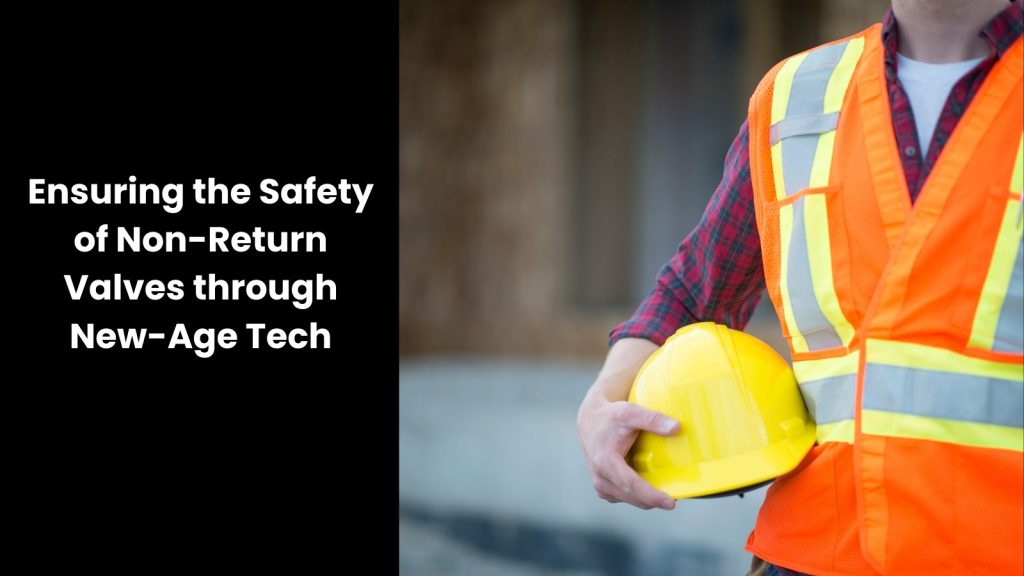
Since you read this whole article, you know that the safety of water relies on these non-return valve infrastructures. But how can you ensure the non-return valves are protected from potential harm? This is why the Australian water authorities need to collaborate with new-age technology, which can ensure the safety of their mechanical assets. Holding hands with a reliable software partner is the answer to most of your valve safety concerns.



